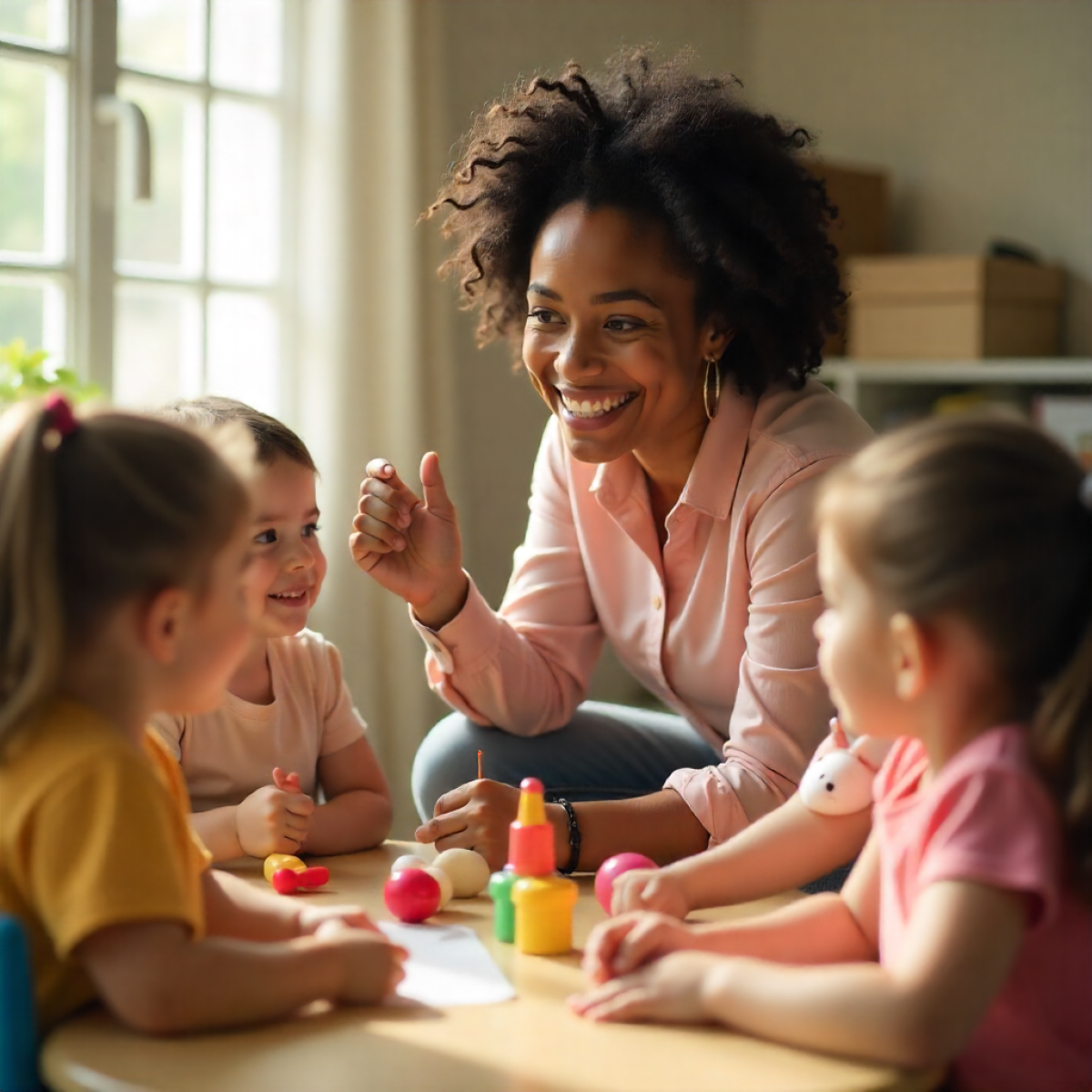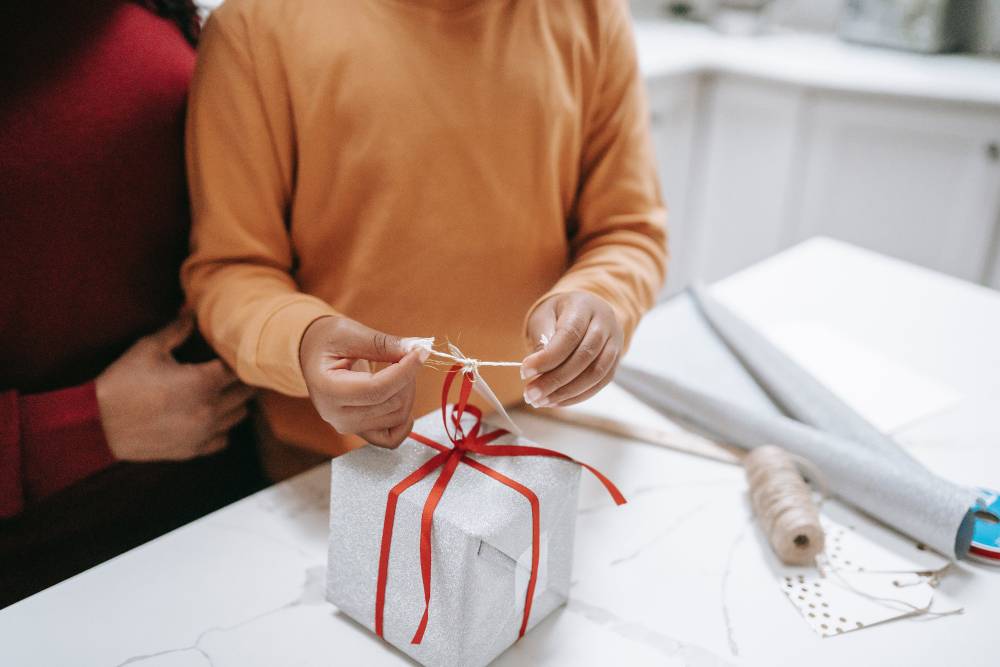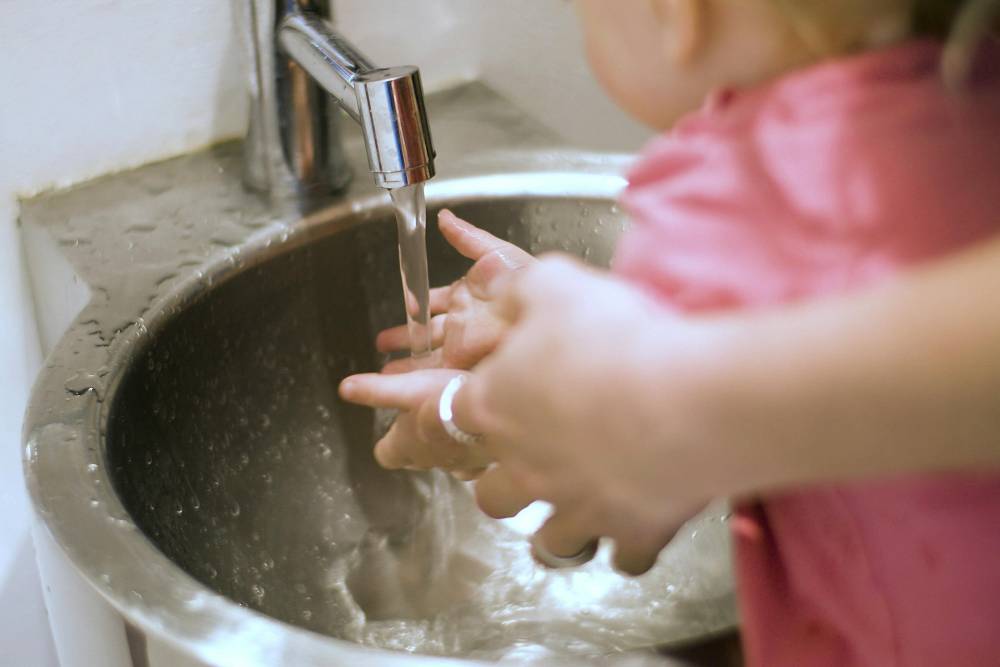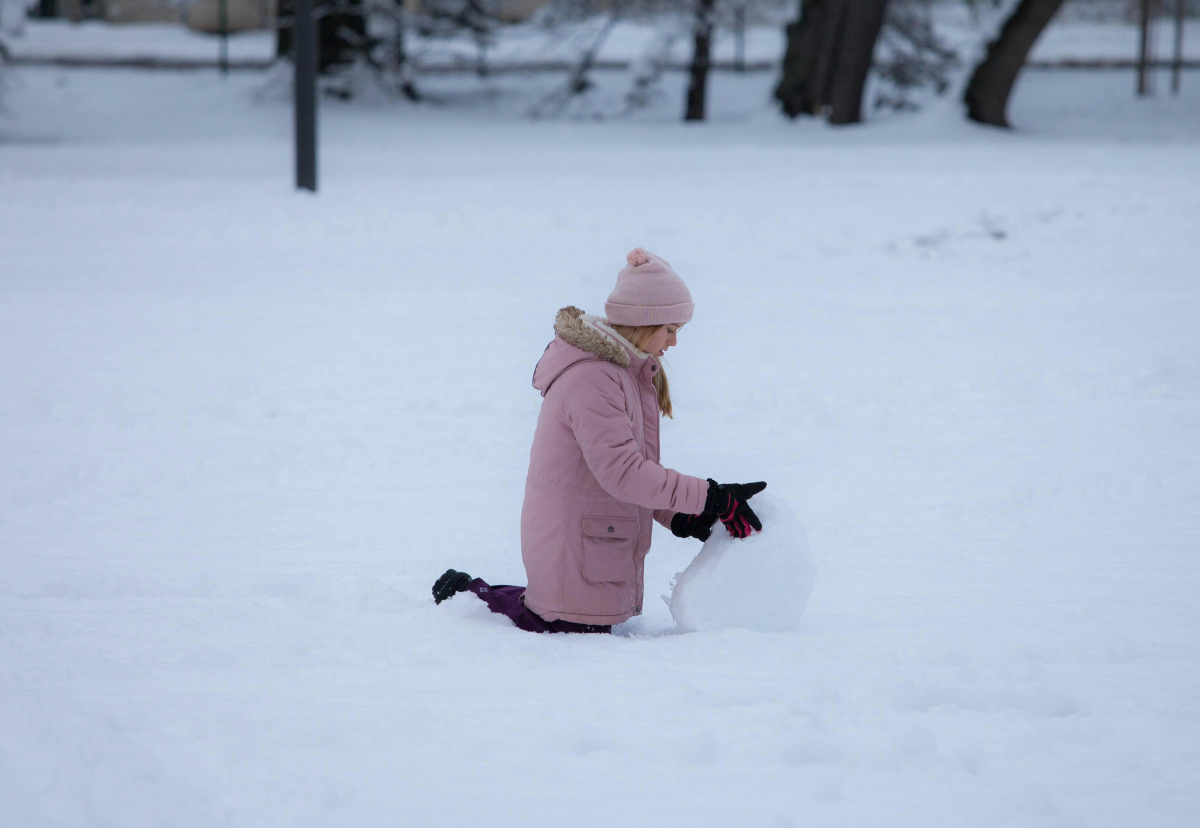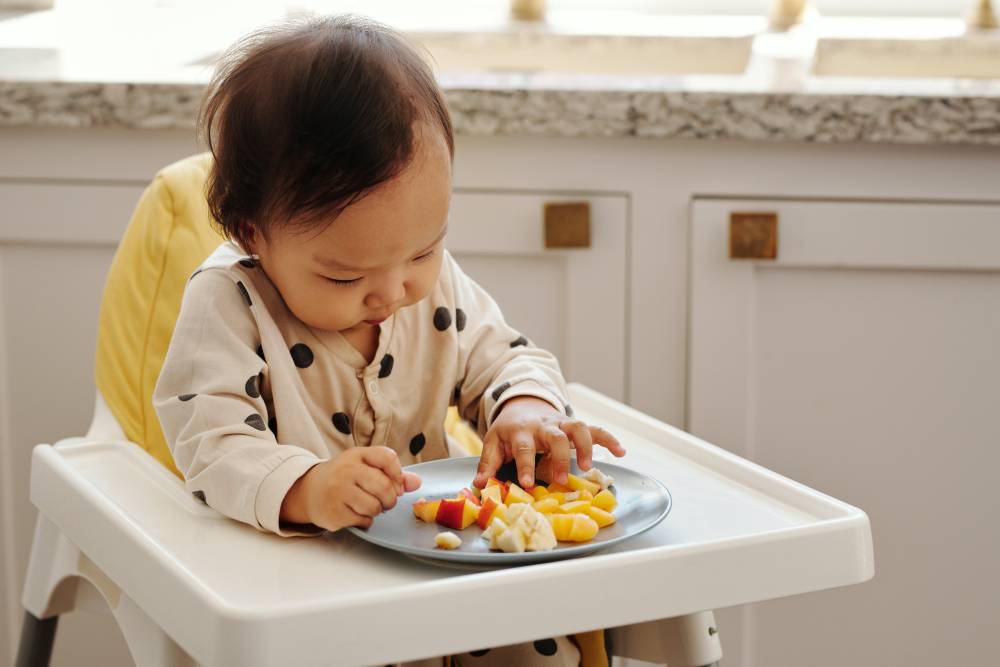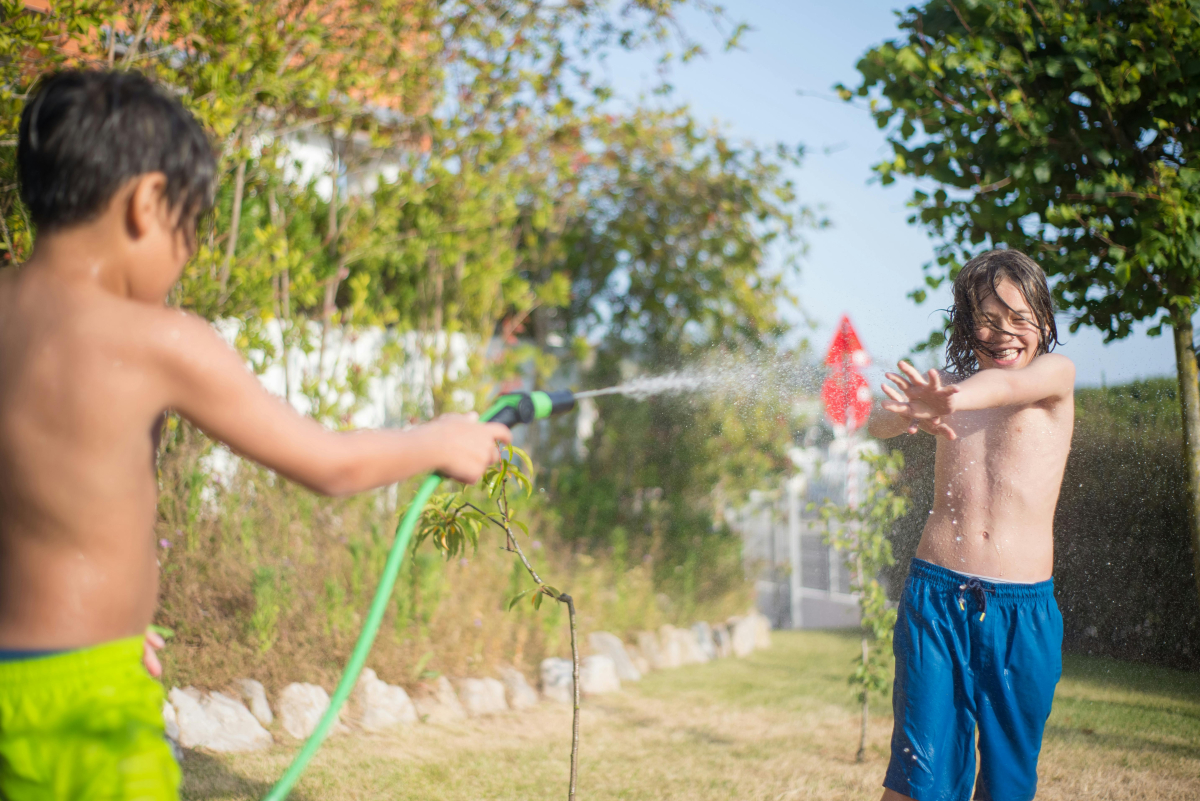Gratitude and politeness are more than just good manners – they are essential social-emotional skills that shape how children connect with others and navigate the world. For young children, these qualities don’t simply develop on their own; they must be modeled, taught, and practiced consistently. Early childhood educators and parents play a vital role in helping children learn how to say “thank you,” express appreciation, and show respect to those around them.
By starting early, we’re not only teaching words, but building empathy, cooperation, and respect – traits that will benefit children throughout their lives.
Why Are Gratitude and Politeness Important in Early Childhood?
-
Stronger relationships – Polite children tend to make and keep friendships more easily.
-
Social and emotional growth – Expressing gratitude helps children understand others’ feelings and see different perspectives.
-
Positive group dynamics – Children who know how to say “please” and “thank you” create a friendlier, more cooperative environment.
-
Lifelong habits – Manners taught early become natural behaviors as children grow.
Practical Ways to Teach Gratitude and Politeness
1. Be the Role Model They Need
Children imitate adults. If teachers and parents consistently use polite language like “please,” “thank you,” and “excuse me,” children will naturally copy them.
-
Example: When handing a snack to a child, say, “Here’s your apple. Thank you for waiting patiently!”
2. Create Everyday Opportunities to Practice
Politeness is learned best through real experiences.
-
Encourage children to say “thank you” when a peer shares a toy.
-
Prompt them to use “please” when asking for help.
-
During mealtime, have children thank each other for passing food or helping clean up.
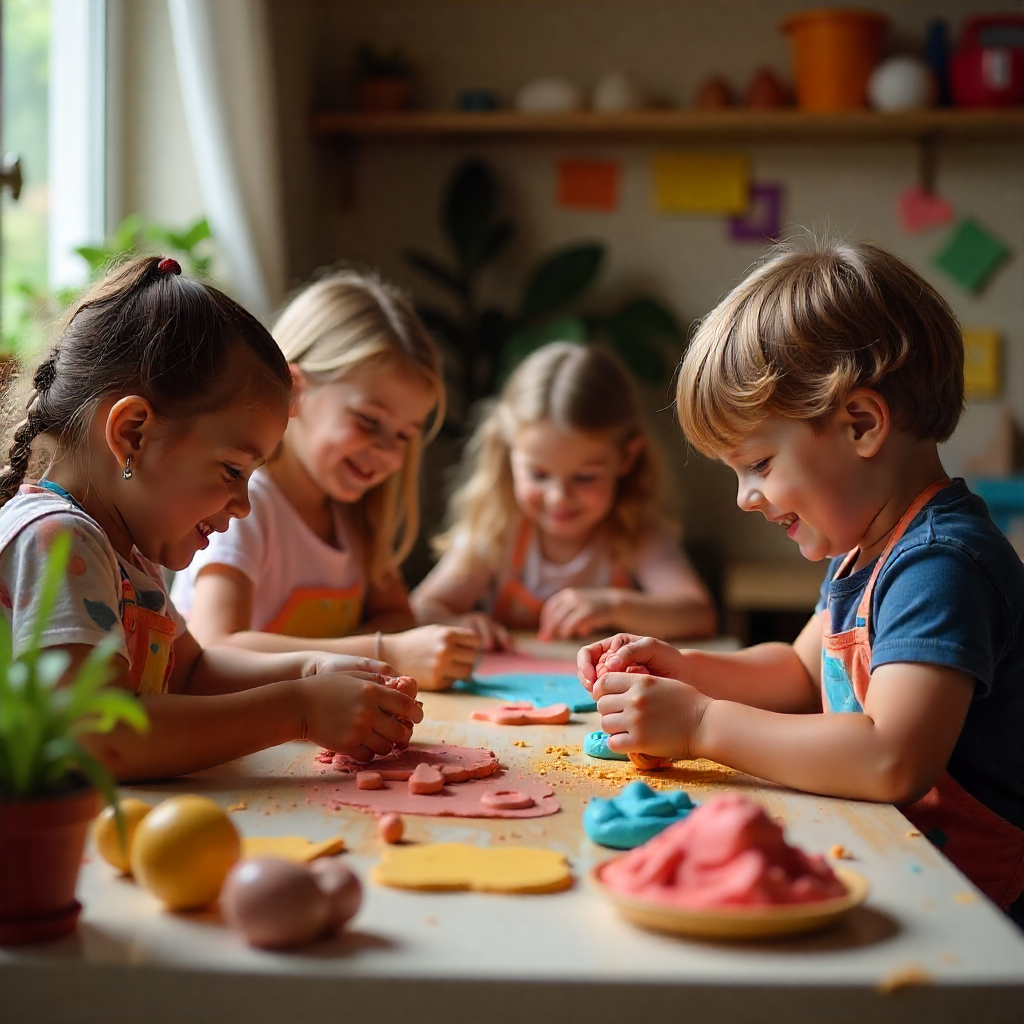
3. Use Role-Play Games
Turn learning into a fun activity through role-play.
-
Create scenarios like: “You dropped your crayon, and your friend picked it up for you – what do you say?”
-
Practice polite greetings: “Good morning, how are you today?”
-
Use puppets or costumes to make it engaging and memorable.
4. Reinforce Through Stories and Books
Children connect deeply with characters and stories.
-
Read books where characters display kindness and politeness, such as “Have You Filled a Bucket Today?” by Carol McCloud.
-
After reading, discuss questions like: “How did the character show kindness? How can we do the same?”
5. Recognize and Celebrate Polite Behavior
Positive reinforcement is key.
-
Give verbal praise when a child says “thank you” unprompted:
“I loved how you thanked your friend for sharing – that was very kind!” -
Create a “Kindness Wall” in the classroom where polite actions are celebrated with stickers or drawings.
6. Connect with Parents to Build Consistency
Politeness sticks best when practiced both at school and at home.
-
Share moments of gratitude and kindness with parents through apps like kidsday, so they can encourage the same behaviors at home.
-
Encourage families to practice gratitude rituals, such as saying one thing they’re thankful for at dinner each night.
Making Technology Part of the Lesson
Digital tools like kidsday allow educators to share photos and updates about children’s kind and polite moments with parents in real time. This not only celebrates children’s positive actions but also helps families reinforce these behaviors at home, creating a consistent learning environment.
Teaching gratitude and politeness isn’t about rote manners – it’s about helping children grow into empathetic, respectful individuals. With consistent modeling, engaging activities, and collaboration between educators and parents, children can develop these essential life skills naturally.
By combining hands-on strategies with tools like Kidsday, we can ensure that every “please” and “thank you” becomes part of a child’s everyday language, shaping them for a lifetime of positive connections.



